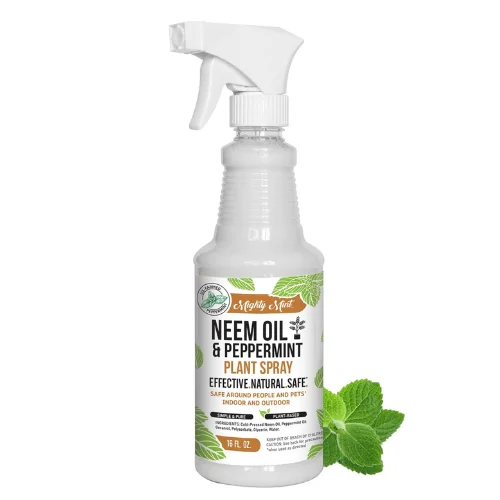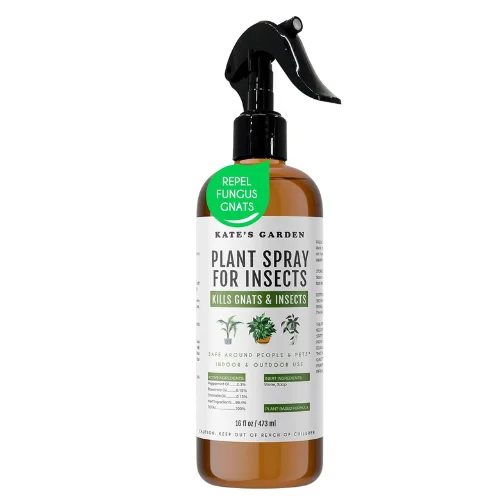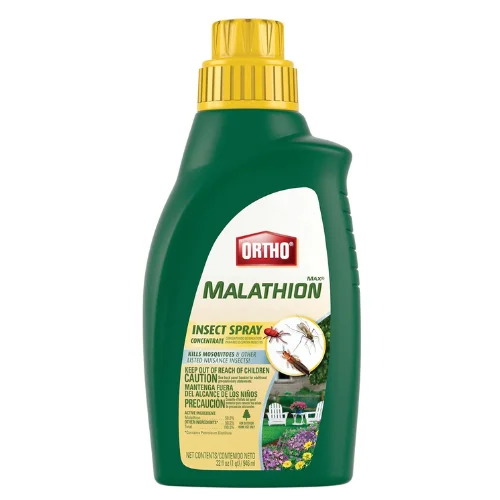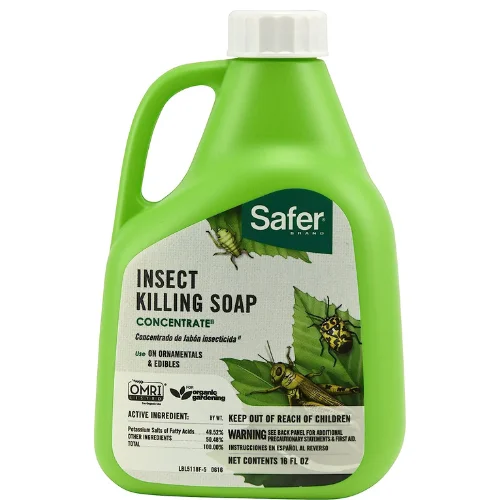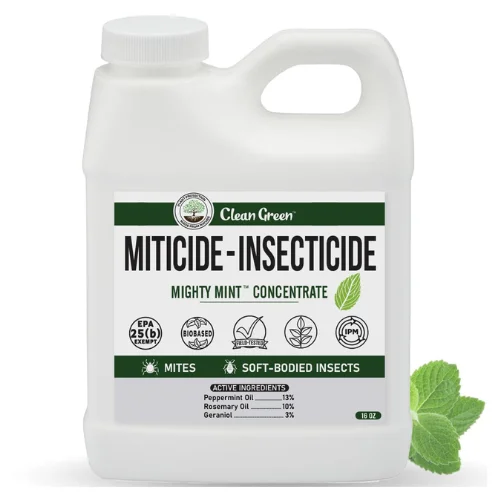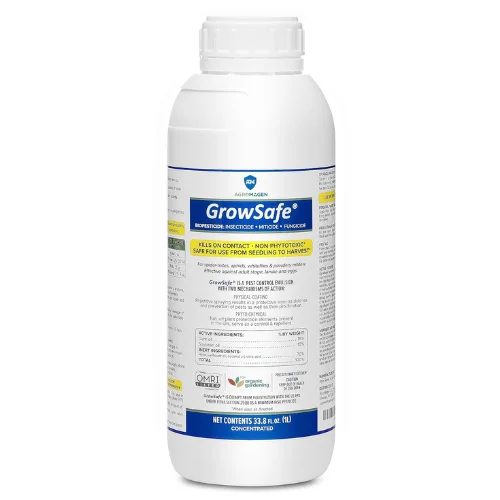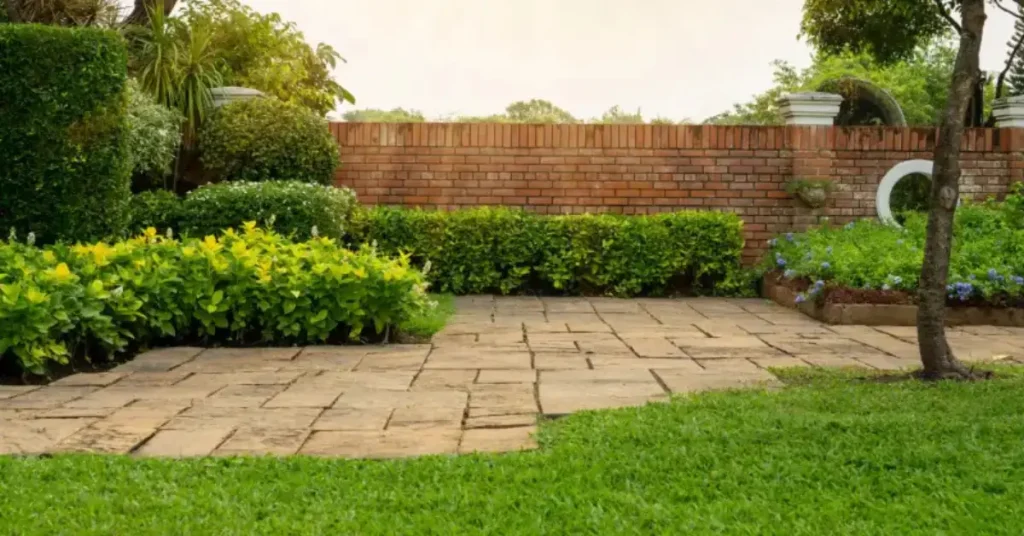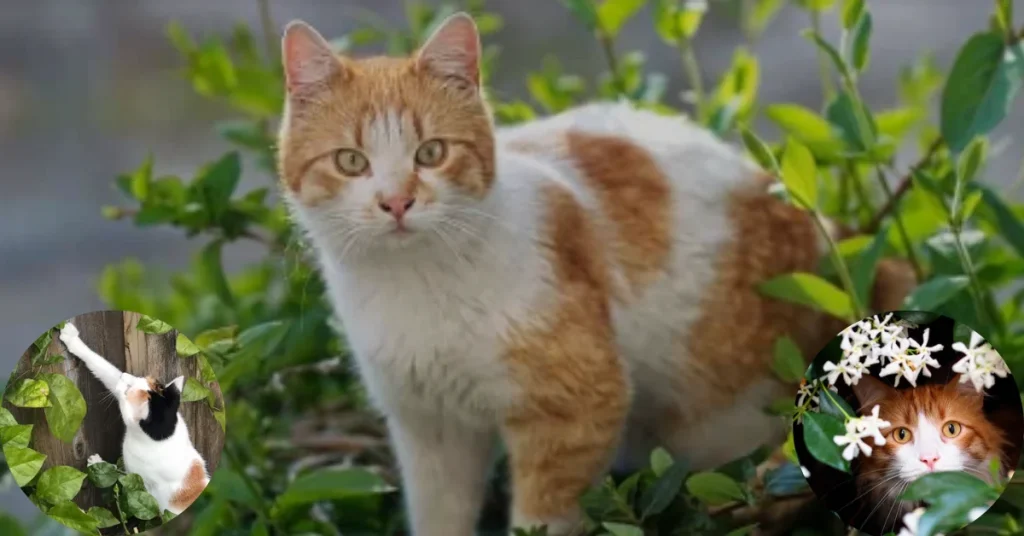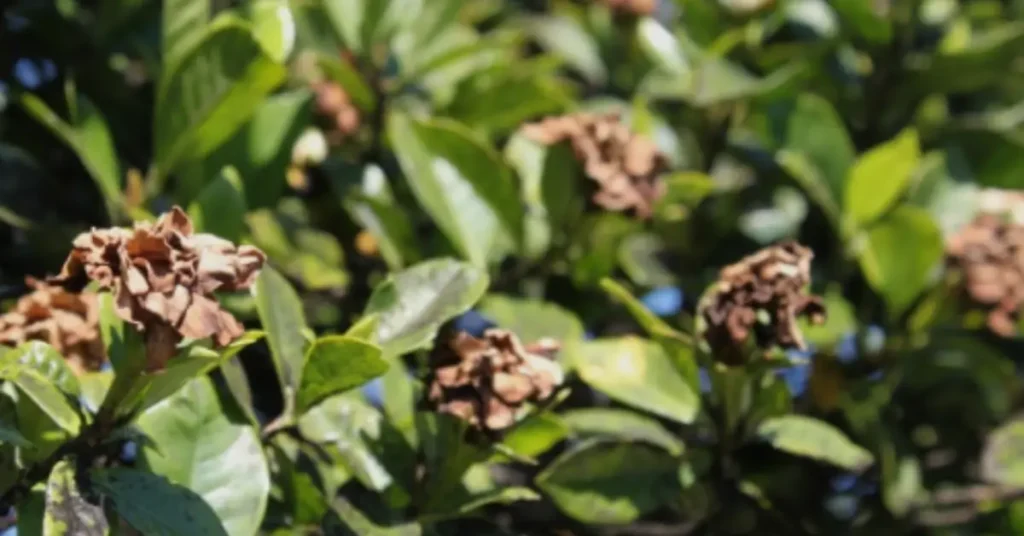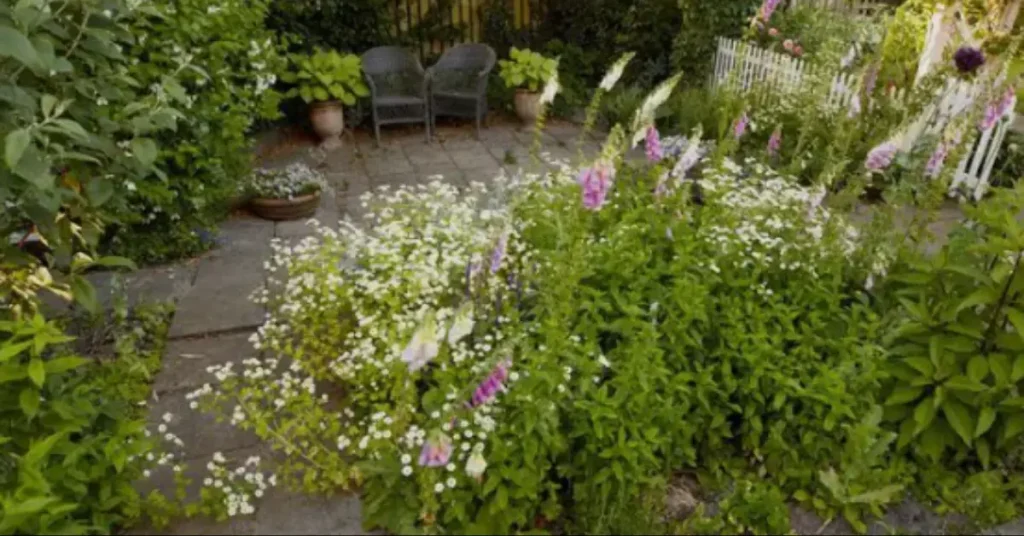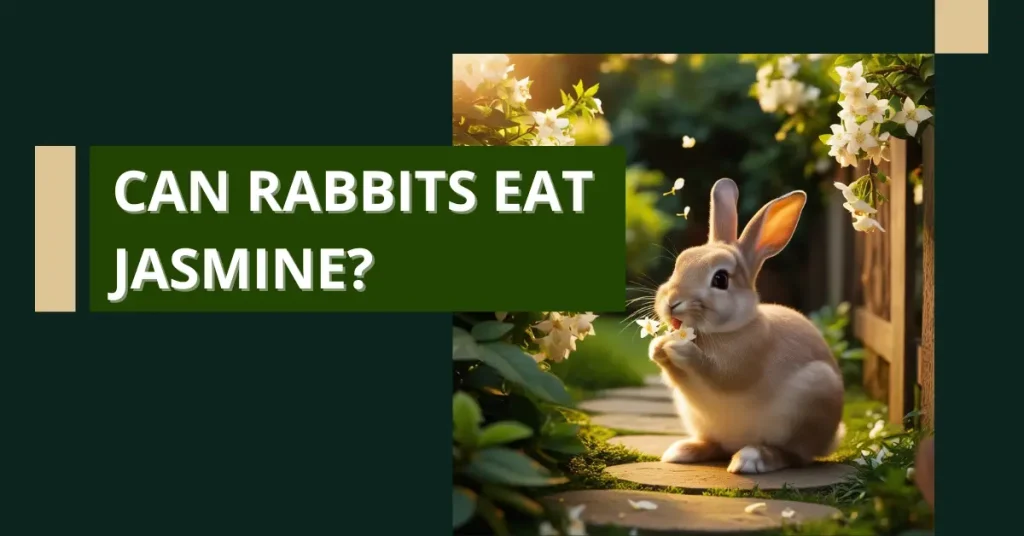Jasmine Plant Pests: Pictures and Treatment
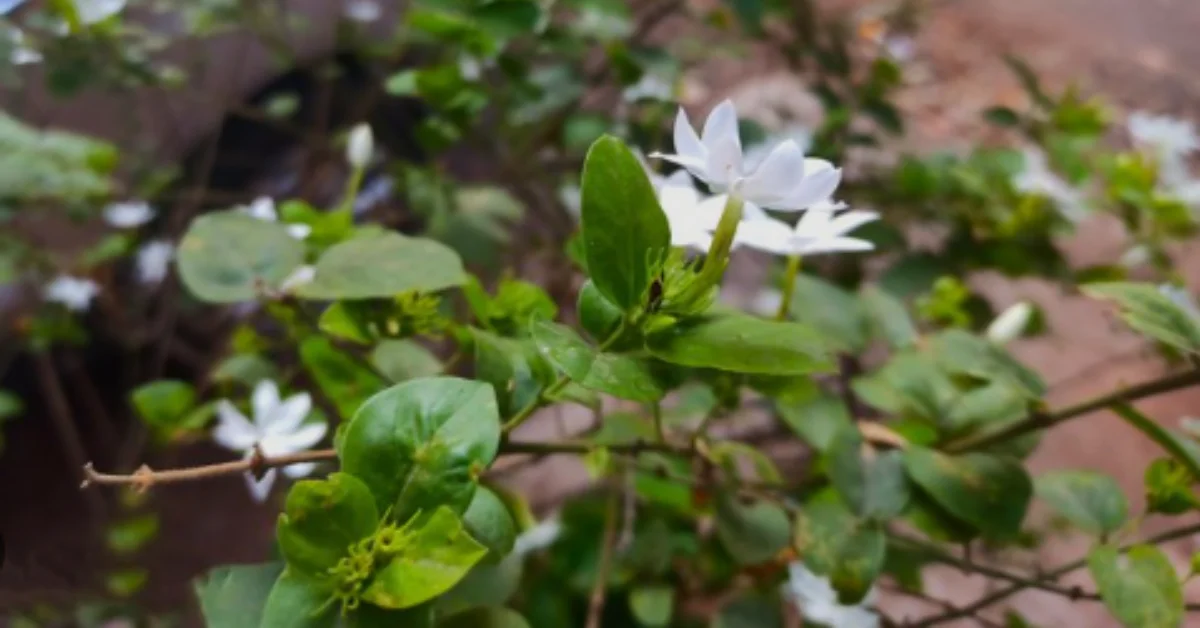
Pests are everywhere. They are unwanted organisms that cause harm. Flowering pests refer to insects like aphids, thrips, beetles, whiteflies, mealybugs, and scales as well as diseases caused by fungi or bacteria that affect the health and appearance of flowering plants.
Gerdeners love jasmine plant. Among different varieties, Arabian jasmine, night blooming jasmine and star jasmine hold more importance and more area cultivated than other varieties. Arabian jasmine is popularly grown indoor and outdoor in many countries especially in Asian countries.
To get more blooms and consistent healthy plants, gardeners must have proactive approach about Nutrients, watering, jasmine plant pests & treatment, pruning and full blooming.
Lets have a look about jasmine plant pests and their treatments.
Jasmine Plant Pests
- Insects
- Diseases
Jasmine Plant Insects Pictures
Insects Pictures
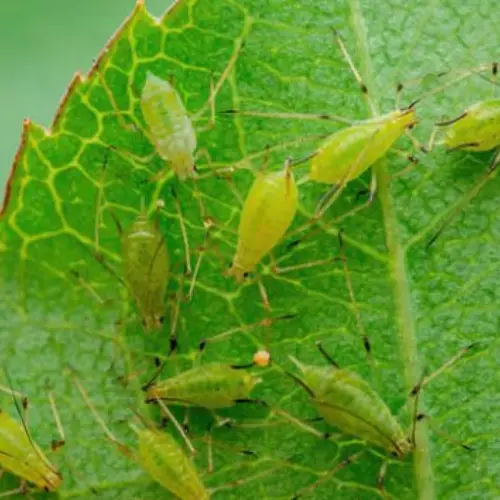
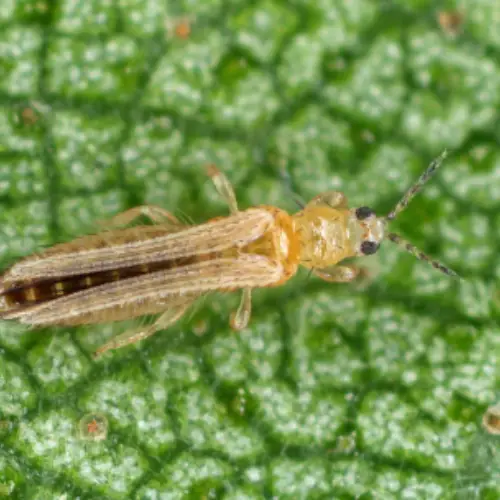
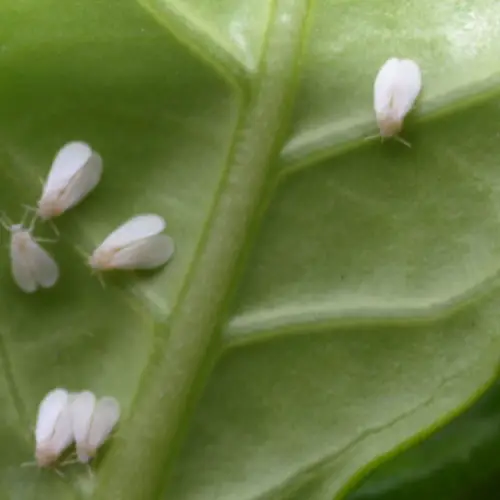
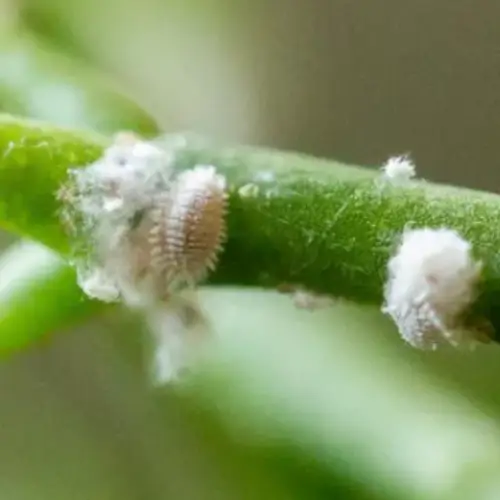

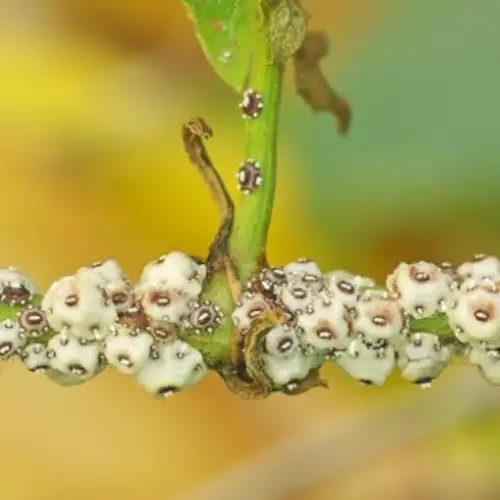
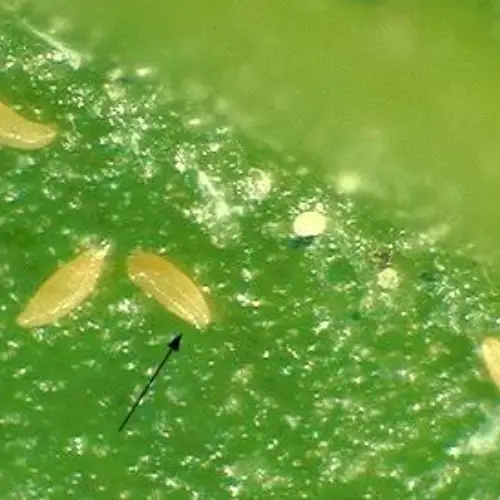
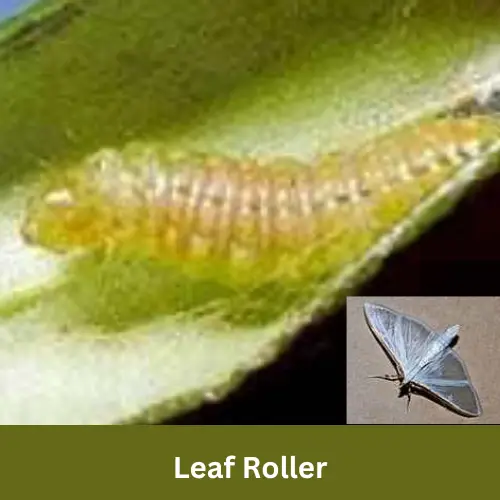
Diseases Pictures

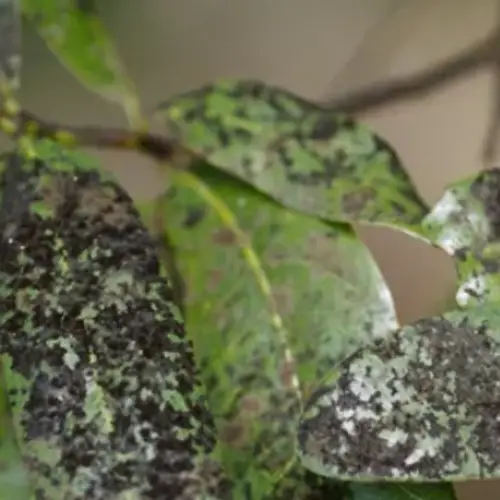
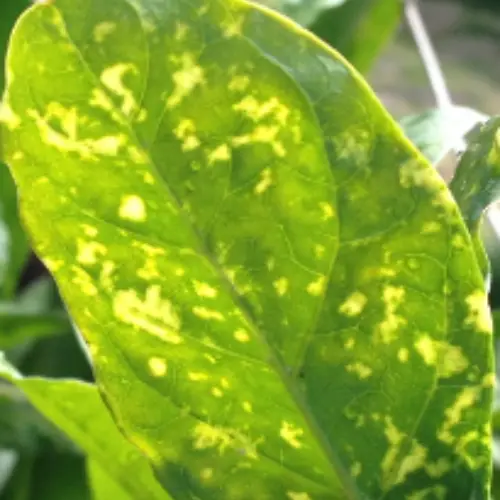
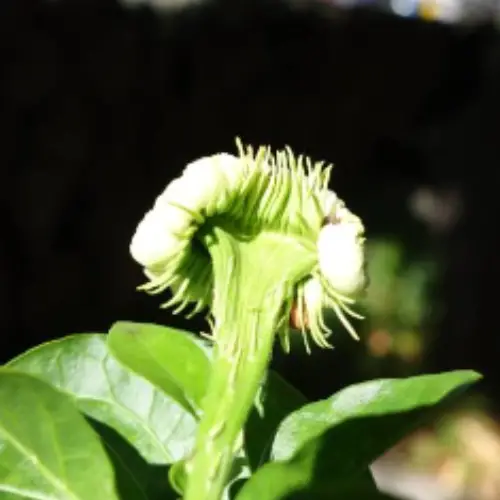
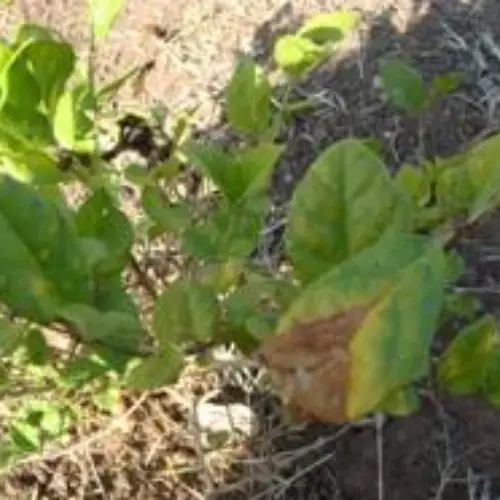
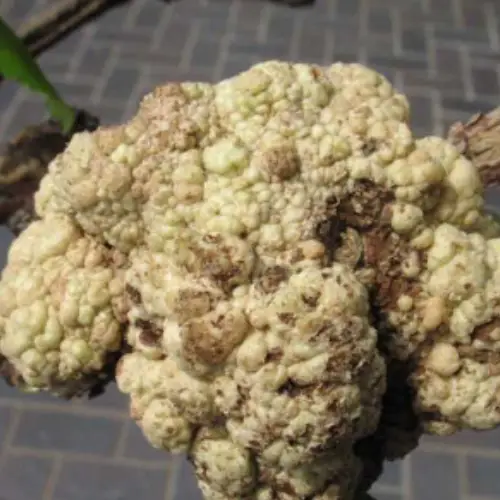
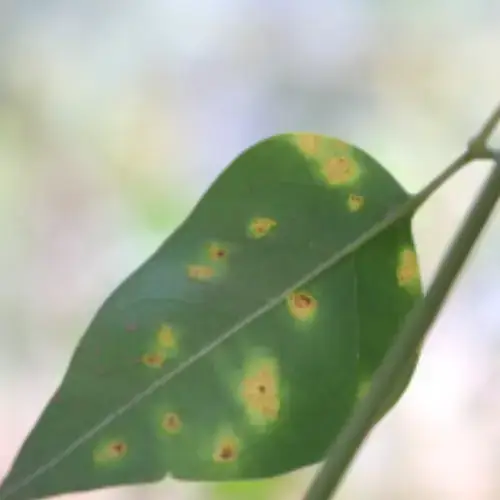
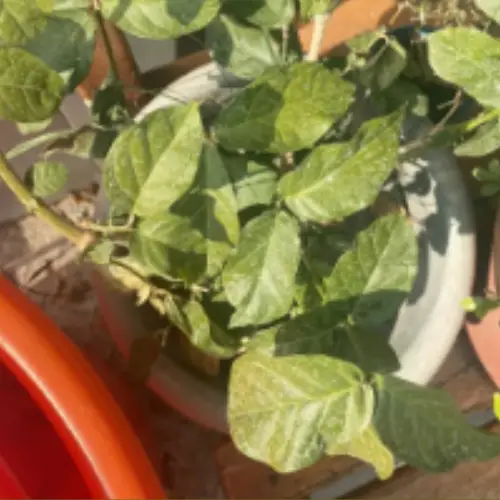
Aphids
On visit, if you have observed discoloration of leaves, distorted growth, presence of sticky material (honeydew) and small creatures in green or yellow color. Notorious aphids have attacked on your aesthetic flowers. So, get ready to wipe them out to save your jasmine plants.
Honeydew attract other pests like ants and can also promote the growth of sooty mold fungus.
Aphids (Aphis gossypii) are small soft-bodied creatures (0.5mm to about 6.5mm in length). The y come in different colors (green, yellow, black, pink, red and even white). Generally green and yellow are more prevalent.
Aphids feed on the sap of jasmine plants by piercing the plant tissue with their needle-like mouthparts.
Why aphids are in my garden? Plants with new leaves and shoots attract aphids. Mostly, when plants are being fertilized in spring, new leaves and shoots emerge rapidly and temperature is also favorable at that time. They can be round the year if temperature is 10-35°C.
Aphids dont bite human beings. Dont fear of them.
Treatment
I always advise to opt combination of ways.
- Pruning: Removing heavily infested parts of the plant can help reduce aphid populations. Do pruning in autumn after blooming season.
- Natural Predators: Encourage the presence of natural predators like ladybugs, lacewings, hoverflies, and parasitic wasps to control aphid populations.
- Water Spray: Spraying plants with a strong stream of water can physically remove aphids from the plant. If you have some plants than it is easily doable.
- Insecticidal Soap or Neem Oil: These organic pesticides are effective in controlling aphids and also environment friendly.
- Systemic Insecticides: In severe cases, systemic insecticides are necessary. However, they should be used judiciously and with caution to minimize harm to beneficial insects and the environment.
Thrips
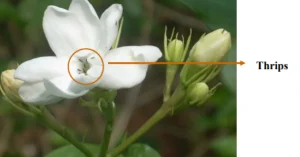
Thrips (T.Orientalis) cause severe damage to jasmine plants. Thrips are tiny, slender insects (1.5 mm long) that feed on plant sap and can cause damage to leaves, flowers, and buds. They are yellow or brown in color.
Signs of thrips infestation on jasmine plants include silvery or discolored patches on leaves, distorted growth, black specks and brownish steaks on flower petals.
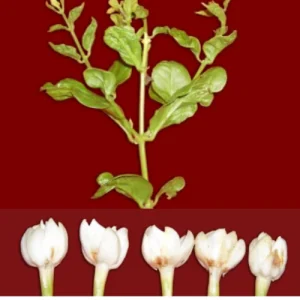
Treatment
- Regular Inspection: In hot and dry conditions, it is advised to visit and inpect the plants. Thrips are very small in size, they can be seen but it is very difficult to see them with naked eye. regular inspection will let you know the symptoms.
- Watering: Thrips are attracted to dry conditions, so regularly watering your jasmine plant can help deter them.
- Natural Predators: Encourage natural predators of thrips, such as mites and lacewings to control pests in your garden.
- Neem Oil: Applying neem oil to the foliage can act as a deterrent and disrupt the lifecycle of thrips.
- Insecticidal Soap: Spraying the jasmine plant with insecticidal soap can help control thrips infestations. Make sure to cover all parts of the plant thoroughly with shower.
- Horticultural Oils: Horticultural oils suffocate thrips and their eggs. They are more effective for eggs and immature stages. They have repellent activity ;decreases egg laying and feeding.
Whitefly
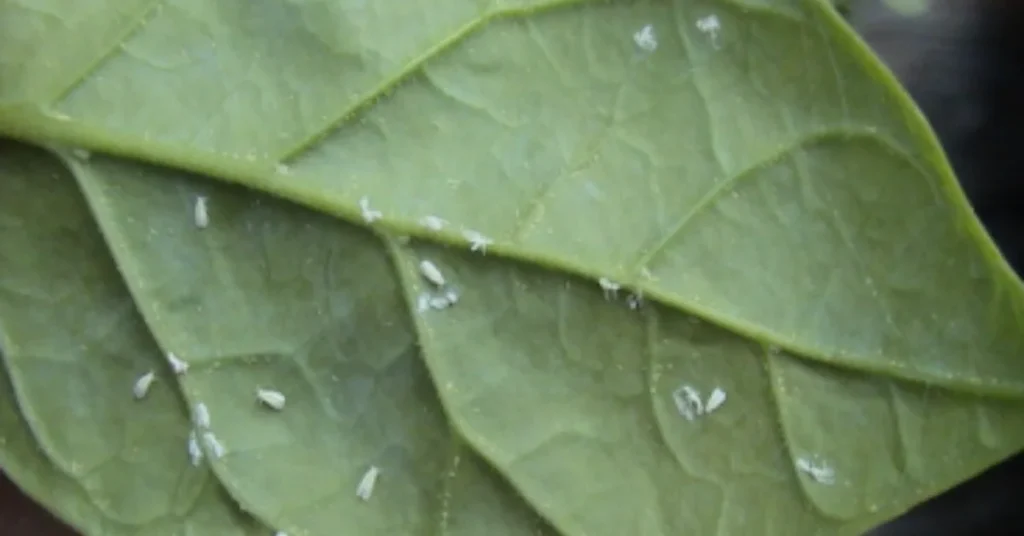
Whiteflies are Hemipterans that belong to the family Aleyrodidae. The most common species of white flies are the Bemisia tabaci, greenhouse whitefly, Trialeurodes vaporariorum, and the tobacco whitefly. White flies feed on the backside of leaves and are visible to naked eye.
Whiteflies looks like heart shape and 1/10 inch in length. On shaking plant, they emerge in cloud.
Whiteflies are sucking insects and they weak plants by piercing leaves and stems. They secrete a sticky substance known as honeydew, which promotes fungal disease such as black sooty mold.
The main symptoms are: Yellowing of Leaves, Curling of Leaves and Sticky Residue.
Warm and dry climates increases population of whiteflies. Over-fertilizing (nitrogenous) is also a big reason that attracts more whiteflies.
If you live in colder zones, you are in luck. They don’t survive in winter.
Treatment
First make sure to get whiteflies free plants from the nursery. Discourage sowing of plants (tomatoes, cucumber, eggplant, grape, okra, peppers, potatoes, and squash)that attract whiteflies.
Predatory bugs, lacewings, ladybirds and hoverflies, wasps and predatory mites control the whiteflies naturally. Encourage their population.
Opt insecticidal soap or horticultural oil (neem) to control whiteflies. In case of severe infestation, go with chemical control.
Besides these, jasmine white flies are attracted to yellow color. Use yellow sticky traps to control adult whiteflies.
check here: sticky traps
Mealybugs

Mealybugs are insects in the family Pseudococcidae and found all over the world in tropical and temperate regions. They are pests of greenhouse plants, houseplants and trees. Mealybugs are easily recognizable by their soft, oval-shaped bodies covered in a white, waxy secretion. This fluffy wax protects them from heat and moisture loss.
They are mostly found on stems and feed on plant sap. The damage symptoms include stunted growth, yellowing of leaves, defoliation and dying of plants if not treated in time.
They also secrete honeydew, allowing to grow sooty mold.
What causes mealybugs to come on your plants? They may come from warmer climates, from nurseries or lush green foliage of your plants also welcome them. It is advisable to avoid over-fertilizing. Mealybugs have a mutualistic relationship with ants. The ants protect the mealybugs from predators and parasites in exchange for honeydew.
Treatment
Apply IPM (Integrated Pest Management)strategy to control mealynugs. Remember, IPM involves all the control measures like biological control, cultural practices, agronomic practices and chemical control.
The first and easy method is to shower the plants with water. This is applicable when there are a few jasmine plants and they are stable enough to bear the shower pressure.
Use insecticidal soap (self-made or commercially bought) and spray on all parts of jasmine plants. Repeat twice a week or once a week in accordance with infestations.
The use of organic insecticides like Neem Oil is also an effective method to control bugs in jasmine plants. Spray neem oil on the plants without disturbing the beneficial insects. Repeat after seven days.
Lacebugs, parasitoid wasps and a beetle, all are mealybugs killers (natural predators). Encourage their population.
I always advise, the use of a chemical pesticide should always be a last option against insect pests. Be careful in using chemical sprays as they are harmful for human beings. Always follow the label instructions on how and when to apply it.
What kills mealybugs instantly? Use isopropyl alcohol to kill mealybugs instantly. Take a cotton swab, dip it into the alcohol, and apply directly to visible mealybugs. Be careful in using alcohol. Use in light amount to avoid plant tissues damage.
Budworm
Budworms (Hendecasis duplifascialis) are chewing insects that slowly chew and eat flower buds. The larvae are less than 1/16 inch and grow up to 2 inches. How could I know about budworms are present? You may notice larvae presence, holes in the leaves and buds, as well as chewed-up areas.
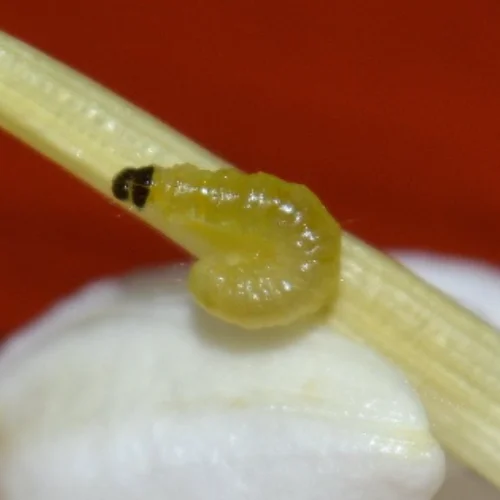
Budworms and blossom midges can indeed be a nuisance for jasmine plants.
The tiny midge maggots go inside the buds of jasmine flowers, eat the inside of the buds, which makes them discolored (pink). The buds dry up too soon and fall off the plant before they open.
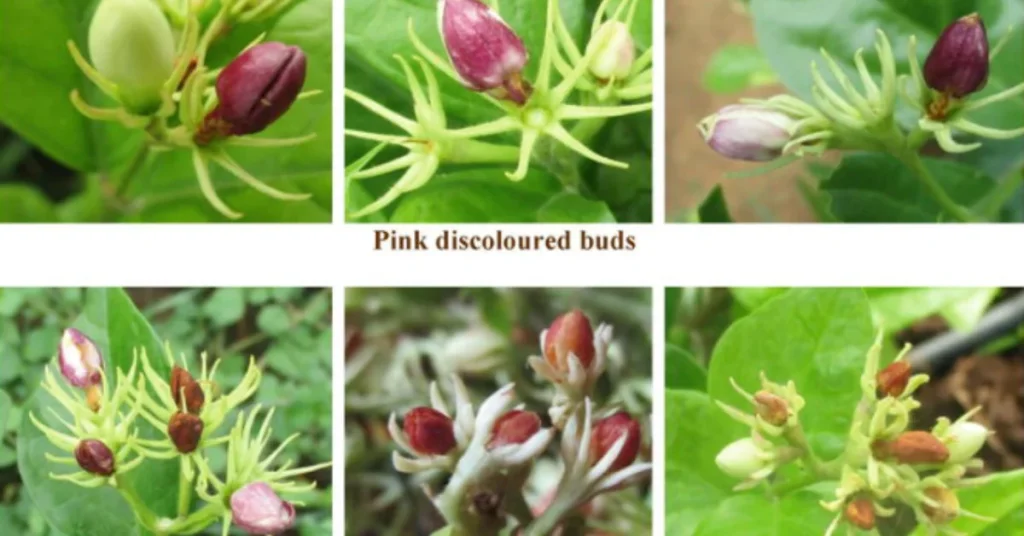
Treatment
Prefer to grow insect pests resistant varieties like Jasminum nitidum and Jasminum grandiflorum. Use insecticidal soaps, neem oil and chemical control as the last option. If there are some plants, handpicking is also a good and easy option.
Scales
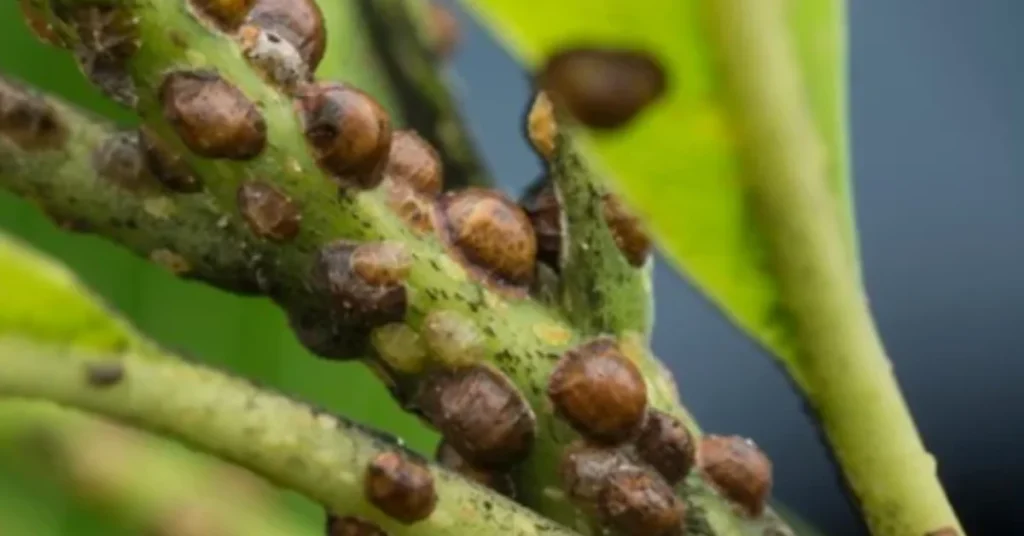
Scales are sucking insects that are attached on stems, branches and leaves. They are brown in colour and belong the family Coccoidea with more than 8000 species.
The tiny vampires suck sap from plants resulting deformed leaves, yellowing leaves, brown spots, and will cause them to fall off if not treated in time. They secrete honeydew which attracts fungal disease (sooty mold).
Treatment
Do regular inspections and identify larvae and symptoms. Use a magnifying glass for the identification of larvae.
Start with Neem oil as a preventive and then insecticidal soaps. If infestations are highly, use systemic pesticides like imidacloprid or acephate.
Eriophyid Mite
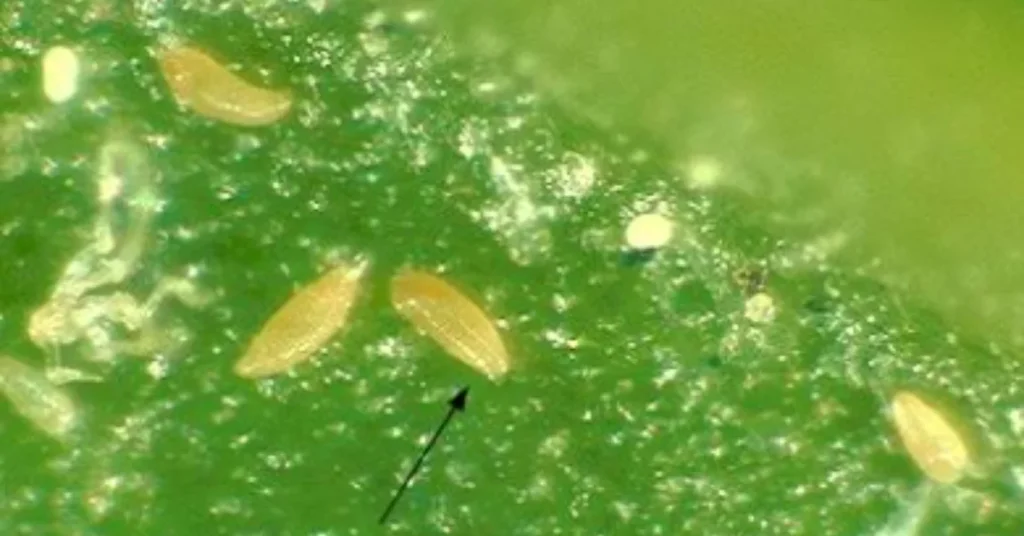
Commonly known as gall, rust, bud, and blister mites, Eriophyid Mite cannot be seen with naked eye. They are translucent, cigar-shaped microscopic mites in two colors, white or yellow.
Formation of Galls, curling of leaves and stunted growth can be seen. Microscope is required to see the presence of mites.
Treatment
Avoid pesticides at the start. Use Neem oil at 7-day intervals. If there are some plants and infestation is low, remove the infested plants manually. Remove the host weeds/plants.
Apply horticultural oils 7-10 days intervals. Use of sulfur is also a good option to control mites.
Keep 10-14 days interval and Avoid sulfur application if temperature is 32 C and above.
If there is severe damage, use of miticides is necessary.
Leaf Roller
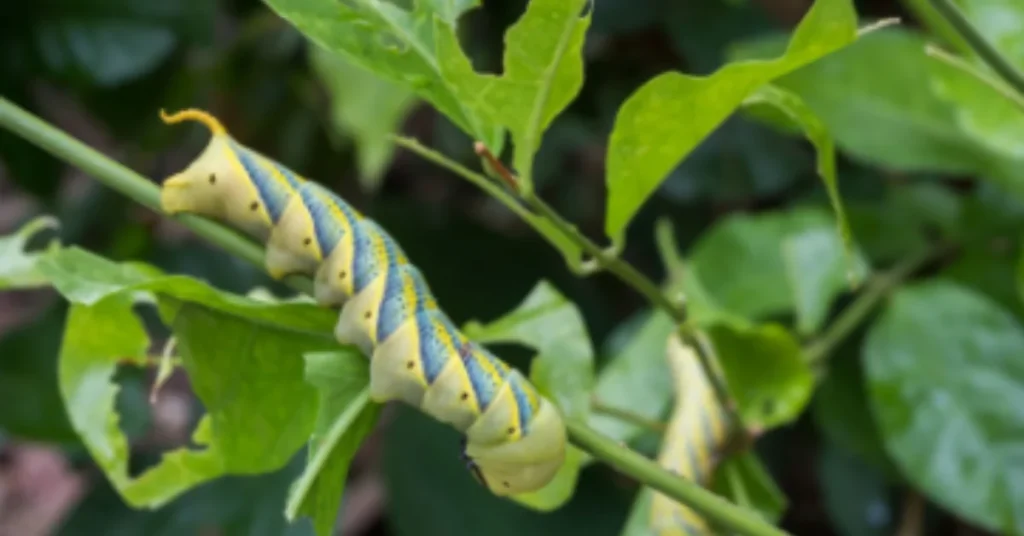
Less common but potentially damaging insects, leaf rollers are chewing insects which may be green or brown in color. Thier size is about an inch (2.5 cm) in length. They are lepidopterans whose larvae make a nest by rolling up plant leaves. At the onset, symptoms emerge as young leaves curl upwards. As the condition progresses, leaves become dry, thick, and leathery.
Aphids and viral diseases welcome leaf rollers. Leafroller feeds on a wide variety trees (apples,pears, peaches)and shrubs.
Treatment
If there are a few, simply cut the leaves and discard them in soapy water. Preserve the natural enemies. Opt chemical control if infestations are high.
Diseases
| Disease | Main Causes | Symptoms | Control Methods |
|---|---|---|---|
| Root Rot | Overwatering, poor drainage. | Symptoms appear on older leaves 1st. Yellowing or browning of leaves, wilting, stunted growth. | Improve soil drainage, avoid overwatering, ensure proper ventilation, prune affected roots, fungicides (Copper fungicide), neem oil, horticultural oils. |
| Sooty Mold | Honeydew secretion by sap-sucking insects (aphids, whitefly) | Black, soot-like mold on leaves and stems, sticky residue, reduced photosynthesis. | Control sap-sucking insects (e.g., aphids, scales, whiteflies), prune affected parts, improve air circulation, Encourage natural predators, wash affected areas with soapy water, insecticides (e.g., neem oil, insecticidal soap), horticultural oils. |
| Mosaic Virus | Infected plant material, insect vectors (aphids) | Use virus-free planting material, control aphid populations, remove and destroy infected plants, roguing infected plants, introduce virus-resistant varieties | Use virus-free planting material, control aphid populations, remove and destroy infected plants, roguing infected plants, Opt virus-resistant varieties. |
| Phyllody | Vector transmission (Whiteflies) | Abnormal development of floral parts, bushy vines, stunted growth | Control insect vectors, remove infected plants, avoid planting in areas with high vector activity, sanitation practices, using disease-free planting material, reducing insect populations |
| Leaf Blight | Warm, humid conditions, poor air circulation | Reddish-brown spots on leaves, Curling of leaves, wilting. | Ensure proper spacing and ventilation, avoid overhead irrigation, remove infected plant debris, crop rotation, and Use a Bordeaux mixture spray regularly in the rainy season. fungicides (e.g., chlorothalonil, mancozeb), neem oil, horticultural oils |
| Crown Gall | Wounds, soilborne bacteria | Swollen, tumor-like growths on stems and roots, reduced vigor, wilting. | Use disease-free planting material, avoid mechanical injuries to plants, maintain soil health, and prune infected tissues. |
| Rust | Warm, humid conditions, lack of air circulation | Yellow or orange pustules on leaves, premature leaf drop, reduced vigor. | Ensure good air circulation, avoid over-irrigation, plant-resistant varieties, fungicides (e.g., azoxystrobin, propiconazole), neem oil, horticultural oils. |
| Wilting | Soilborne pathogens, root damage | Drooping, wilting leaves, yellowing, stunted growth. | Improve soil drainage, avoid overwatering, plant-resistant varieties, solarization of soil, fungicides for fungal wilts (e.g., thiophanate-methyl), neem oil, horticultural oils, antibacterial agents for bacterial wilts (e.g., streptomycin), insecticidal soaps. |
I hope this post would be helpful in the identification of insect pests of jasmine plant and their treatment.

I am Yasir Riaz, an Agronomist for more than a decade. Helping local farmers and Gardeners to improve their crops and Gardens and overall productivity. In addition to my work in agriculture, I have also delved into the digital world as an SEO writer and blogger. Through my blog, I aim to educate and inspire others about the Chameli Flower (Jasmine).

